HSBC 2010 Annual Report Download - page 255
Download and view the complete annual report
Please find page 255 of the 2010 HSBC annual report below. You can navigate through the pages in the report by either clicking on the pages listed below, or by using the keyword search tool below to find specific information within the annual report.-
 1
1 -
 2
2 -
 3
3 -
 4
4 -
 5
5 -
 6
6 -
 7
7 -
 8
8 -
 9
9 -
 10
10 -
 11
11 -
 12
12 -
 13
13 -
 14
14 -
 15
15 -
 16
16 -
 17
17 -
 18
18 -
 19
19 -
 20
20 -
 21
21 -
 22
22 -
 23
23 -
 24
24 -
 25
25 -
 26
26 -
 27
27 -
 28
28 -
 29
29 -
 30
30 -
 31
31 -
 32
32 -
 33
33 -
 34
34 -
 35
35 -
 36
36 -
 37
37 -
 38
38 -
 39
39 -
 40
40 -
 41
41 -
 42
42 -
 43
43 -
 44
44 -
 45
45 -
 46
46 -
 47
47 -
 48
48 -
 49
49 -
 50
50 -
 51
51 -
 52
52 -
 53
53 -
 54
54 -
 55
55 -
 56
56 -
 57
57 -
 58
58 -
 59
59 -
 60
60 -
 61
61 -
 62
62 -
 63
63 -
 64
64 -
 65
65 -
 66
66 -
 67
67 -
 68
68 -
 69
69 -
 70
70 -
 71
71 -
 72
72 -
 73
73 -
 74
74 -
 75
75 -
 76
76 -
 77
77 -
 78
78 -
 79
79 -
 80
80 -
 81
81 -
 82
82 -
 83
83 -
 84
84 -
 85
85 -
 86
86 -
 87
87 -
 88
88 -
 89
89 -
 90
90 -
 91
91 -
 92
92 -
 93
93 -
 94
94 -
 95
95 -
 96
96 -
 97
97 -
 98
98 -
 99
99 -
 100
100 -
 101
101 -
 102
102 -
 103
103 -
 104
104 -
 105
105 -
 106
106 -
 107
107 -
 108
108 -
 109
109 -
 110
110 -
 111
111 -
 112
112 -
 113
113 -
 114
114 -
 115
115 -
 116
116 -
 117
117 -
 118
118 -
 119
119 -
 120
120 -
 121
121 -
 122
122 -
 123
123 -
 124
124 -
 125
125 -
 126
126 -
 127
127 -
 128
128 -
 129
129 -
 130
130 -
 131
131 -
 132
132 -
 133
133 -
 134
134 -
 135
135 -
 136
136 -
 137
137 -
 138
138 -
 139
139 -
 140
140 -
 141
141 -
 142
142 -
 143
143 -
 144
144 -
 145
145 -
 146
146 -
 147
147 -
 148
148 -
 149
149 -
 150
150 -
 151
151 -
 152
152 -
 153
153 -
 154
154 -
 155
155 -
 156
156 -
 157
157 -
 158
158 -
 159
159 -
 160
160 -
 161
161 -
 162
162 -
 163
163 -
 164
164 -
 165
165 -
 166
166 -
 167
167 -
 168
168 -
 169
169 -
 170
170 -
 171
171 -
 172
172 -
 173
173 -
 174
174 -
 175
175 -
 176
176 -
 177
177 -
 178
178 -
 179
179 -
 180
180 -
 181
181 -
 182
182 -
 183
183 -
 184
184 -
 185
185 -
 186
186 -
 187
187 -
 188
188 -
 189
189 -
 190
190 -
 191
191 -
 192
192 -
 193
193 -
 194
194 -
 195
195 -
 196
196 -
 197
197 -
 198
198 -
 199
199 -
 200
200 -
 201
201 -
 202
202 -
 203
203 -
 204
204 -
 205
205 -
 206
206 -
 207
207 -
 208
208 -
 209
209 -
 210
210 -
 211
211 -
 212
212 -
 213
213 -
 214
214 -
 215
215 -
 216
216 -
 217
217 -
 218
218 -
 219
219 -
 220
220 -
 221
221 -
 222
222 -
 223
223 -
 224
224 -
 225
225 -
 226
226 -
 227
227 -
 228
228 -
 229
229 -
 230
230 -
 231
231 -
 232
232 -
 233
233 -
 234
234 -
 235
235 -
 236
236 -
 237
237 -
 238
238 -
 239
239 -
 240
240 -
 241
241 -
 242
242 -
 243
243 -
 244
244 -
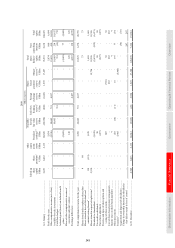 245
245 -
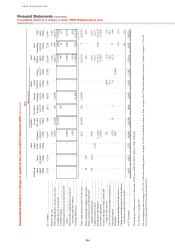 246
246 -
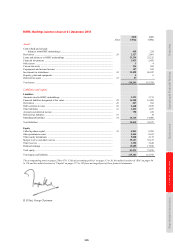 247
247 -
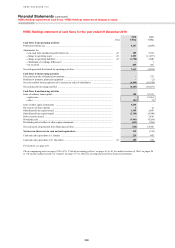 248
248 -
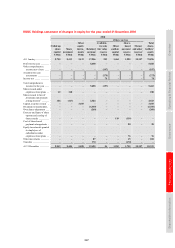 249
249 -
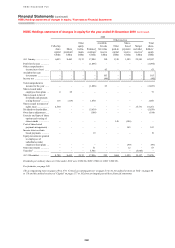 250
250 -
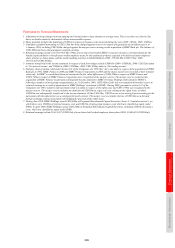 251
251 -
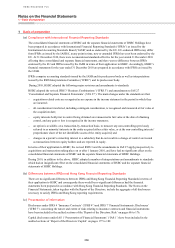 252
252 -
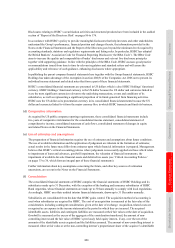 253
253 -
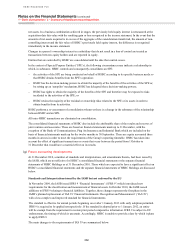 254
254 -
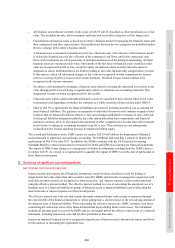 255
255 -
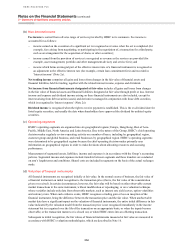 256
256 -
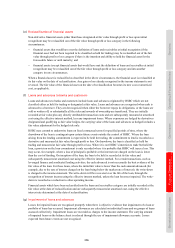 257
257 -
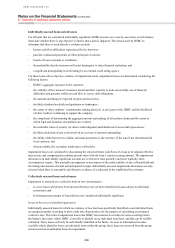 258
258 -
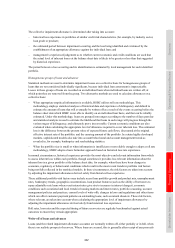 259
259 -
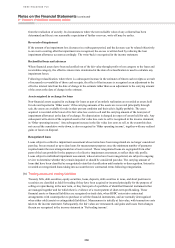 260
260 -
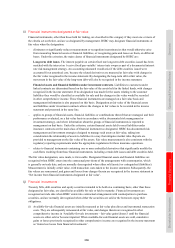 261
261 -
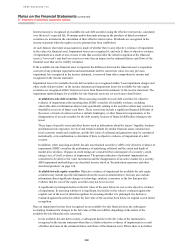 262
262 -
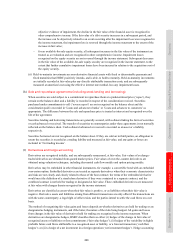 263
263 -
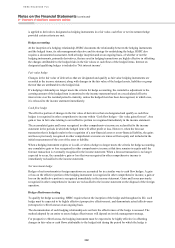 264
264 -
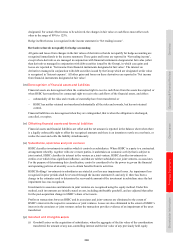 265
265 -
 266
266 -
 267
267 -
 268
268 -
 269
269 -
 270
270 -
 271
271 -
 272
272 -
 273
273 -
 274
274 -
 275
275 -
 276
276 -
 277
277 -
 278
278 -
 279
279 -
 280
280 -
 281
281 -
 282
282 -
 283
283 -
 284
284 -
 285
285 -
 286
286 -
 287
287 -
 288
288 -
 289
289 -
 290
290 -
 291
291 -
 292
292 -
 293
293 -
 294
294 -
 295
295 -
 296
296 -
 297
297 -
 298
298 -
 299
299 -
 300
300 -
 301
301 -
 302
302 -
 303
303 -
 304
304 -
 305
305 -
 306
306 -
 307
307 -
 308
308 -
 309
309 -
 310
310 -
 311
311 -
 312
312 -
 313
313 -
 314
314 -
 315
315 -
 316
316 -
 317
317 -
 318
318 -
 319
319 -
 320
320 -
 321
321 -
 322
322 -
 323
323 -
 324
324 -
 325
325 -
 326
326 -
 327
327 -
 328
328 -
 329
329 -
 330
330 -
 331
331 -
 332
332 -
 333
333 -
 334
334 -
 335
335 -
 336
336 -
 337
337 -
 338
338 -
 339
339 -
 340
340 -
 341
341 -
 342
342 -
 343
343 -
 344
344 -
 345
345 -
 346
346 -
 347
347 -
 348
348 -
 349
349 -
 350
350 -
 351
351 -
 352
352 -
 353
353 -
 354
354 -
 355
355 -
 356
356 -
 357
357 -
 358
358 -
 359
359 -
 360
360 -
 361
361 -
 362
362 -
 363
363 -
 364
364 -
 365
365 -
 366
366 -
 367
367 -
 368
368 -
 369
369 -
 370
370 -
 371
371 -
 372
372 -
 373
373 -
 374
374 -
 375
375 -
 376
376 -
 377
377 -
 378
378 -
 379
379 -
 380
380 -
 381
381 -
 382
382 -
 383
383 -
 384
384 -
 385
385 -
 386
386 -
 387
387 -
 388
388 -
 389
389 -
 390
390 -
 391
391 -
 392
392 -
 393
393 -
 394
394 -
 395
395 -
 396
396
 |
 |

253
Overview Operating & Financial Review Governance Financial Statements Shareholder Information
– All financial assets that are currently in the scope of IAS 39 will be classified as either amortised cost or fair
value. The available-for-sale, held-to-maturity and loans and receivables categories will no longer exist.
– Classification of financial assets is based on an entity’s business model for managing the financial assets and
their contractual cash flow characteristics. Reclassifications between the two categories are prohibited unless
there is a change in the entity’s business model.
– A financial asset is measured at amortised cost if two criteria are met: i) the objective of the business model
is to hold the financial asset for the collection of the contractual cash flows; and ii) the contractual cash
flows of the instrument are solely payments of principal and interest on the principal outstanding. All other
financial assets are measured at fair value. Movements in the fair value of financial assets classified at fair
value are recognised in profit or loss, except for equity investments where an entity takes the option to
designate an equity instrument that is not held for trading at fair value through other comprehensive income.
If this option is taken, all subsequent changes in fair value are recognised in other comprehensive income
with no recycling of gains or losses to the income statement. Dividend income would continue to be
recognised in the income statement.
– An entity is only permitted to designate a financial asset otherwise meeting the amortised cost criteria at fair
value through profit or loss if doing so significantly reduces or eliminates an accounting mismatch. This
designation is made on initial recognition and is irrevocable.
– Financial assets which contain embedded derivatives are to be classified in their entirety either at fair value
or amortised cost depending on whether the contracts as a whole meet the relevant criteria under IFRS 9.
– Most of IAS 39’s requirements for financial liabilities are retained, including amortised cost accounting for
most financial liabilities. The guidance on separation of embedded derivatives will continue to apply to host
contracts that are financial liabilities. However, fair value changes attributable to changes in own credit risk
for financial liabilities designated under the fair value option other than loan commitments and financial
guarantee contracts are to be presented in the statement of other comprehensive income unless the treatment
would create or enlarge an accounting mismatch in profit or loss. These amounts are not subsequently
reclassified to the income statement but may be transferred within equity.
The second and third phases in the IASB’s project to replace IAS 39 will address the impairment of financial
assets measured at amortised cost and hedge accounting. The IASB has indicated that it expects to finalise the
replacement of IAS 39 by June 2011. In addition, the IASB is working with the US Financial Accounting
Standards Board to reduce inconsistencies between US GAAP and IFRS in accounting for financial instruments.
The impact of IFRS 9 may change as a consequence of further developments resulting from the IASB’s project
to replace IAS 39. As a result, it is impracticable to quantify the impact of IFRS 9 as at the date of publication of
these financial statements.
2 Summary of significant accounting policies
(a) Interest income and expense
Interest income and expense for all financial instruments except for those classified as held for trading or
designated at fair value (other than debt securities issued by HSBC and derivatives managed in conjunction with
such debt securities issued) are recognised in ‘Interest income’ and ‘Interest expense’ in the income statement
using the effective interest method. The effective interest method is a way of calculating the amortised cost of a
financial asset or a financial liability (or groups of financial assets or financial liabilities) and of allocating the
interest income or interest expense over the relevant period.
The effective interest rate is the rate that exactly discounts estimated future cash receipts or payments through
the expected life of the financial instrument or, where appropriate, a shorter period, to the net carrying amount of
the financial asset or financial liability. When calculating the effective interest rate, HSBC estimates cash flows
considering all contractual terms of the financial instrument but excluding future credit losses. The calculation
includes all amounts paid or received by HSBC that are an integral part of the effective interest rate of a financial
instrument, including transaction costs and all other premiums or discounts.
Interest on impaired financial assets is recognised using the rate of interest used to discount the future cash flows
for the purpose of measuring the impairment loss.
